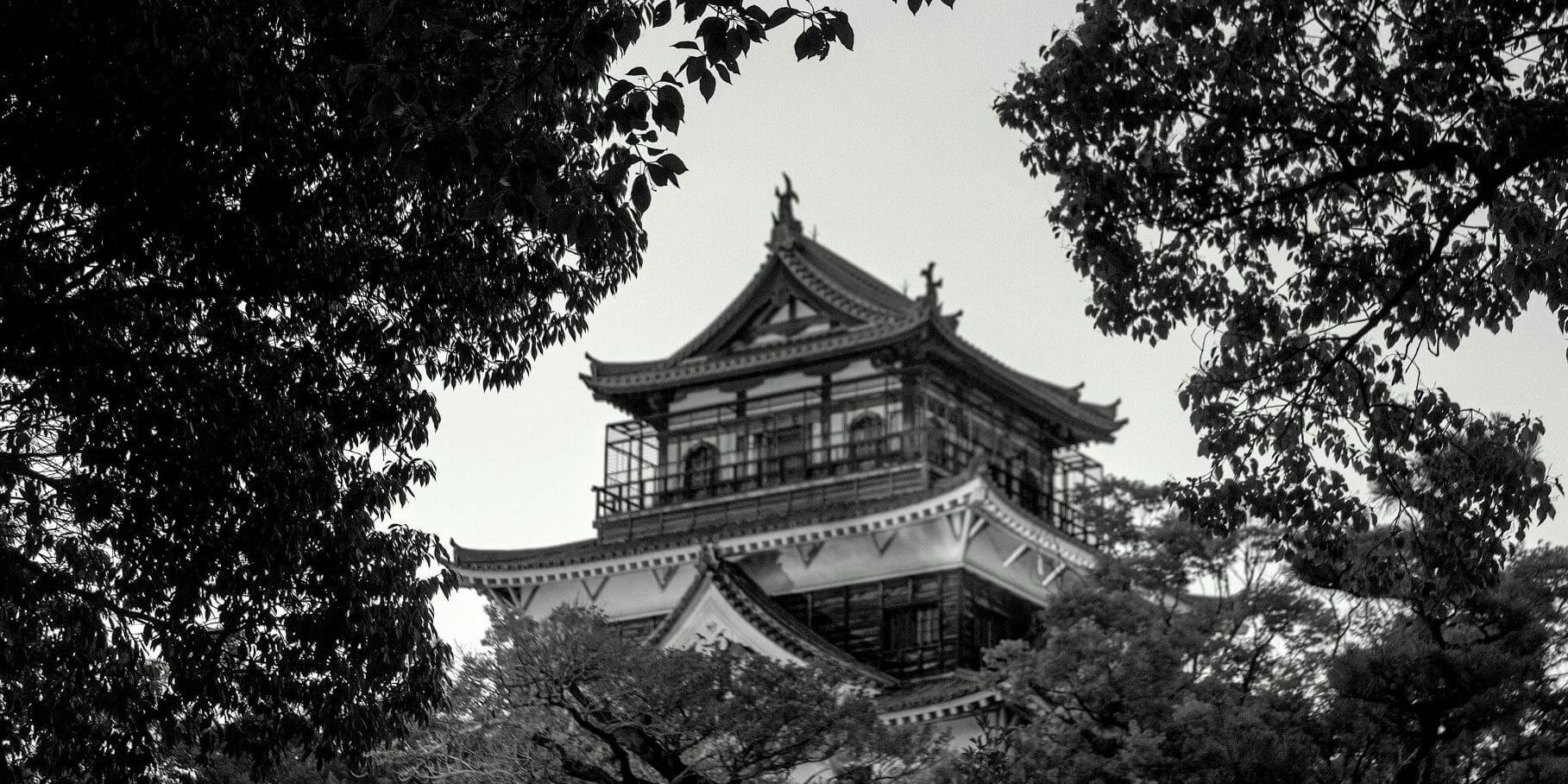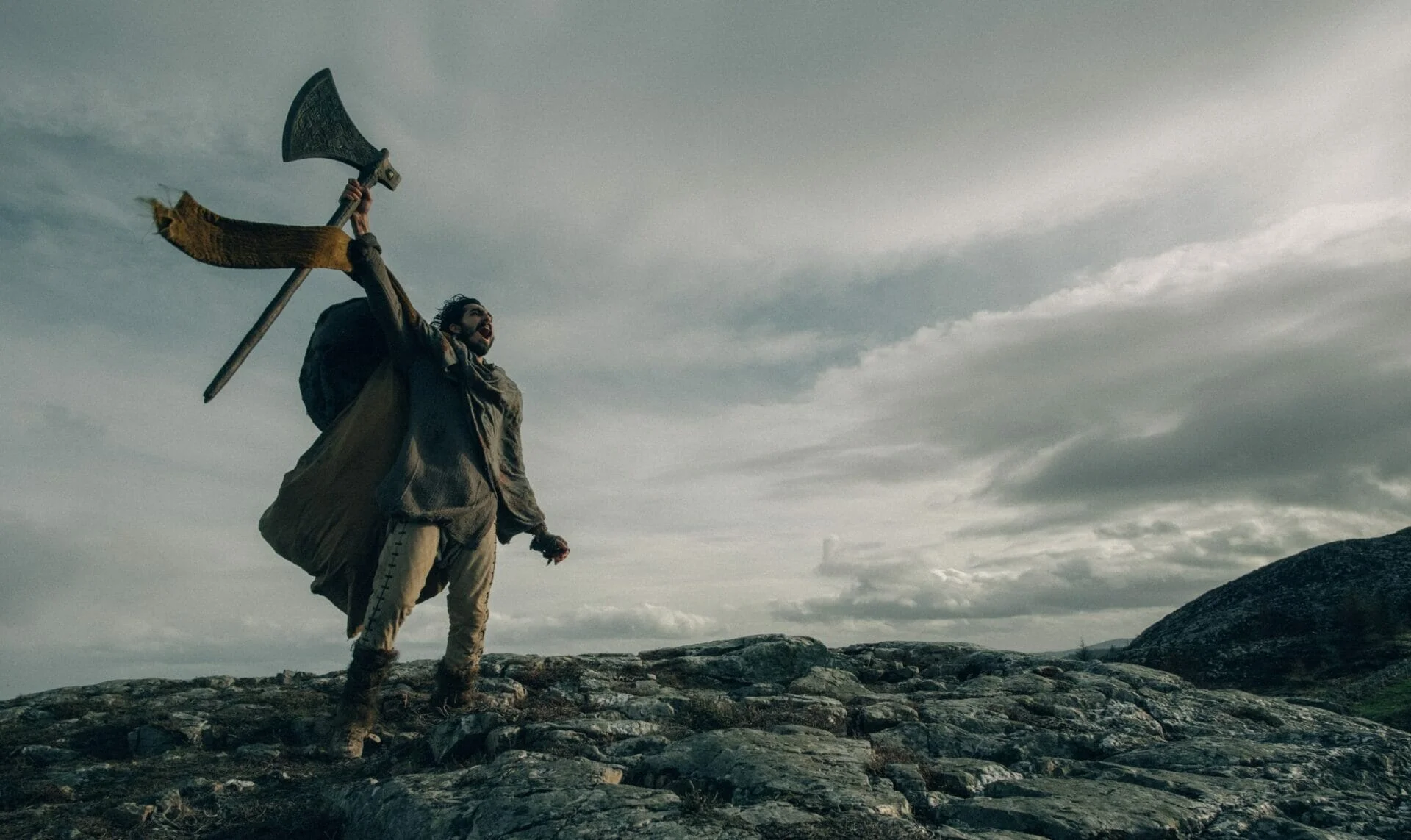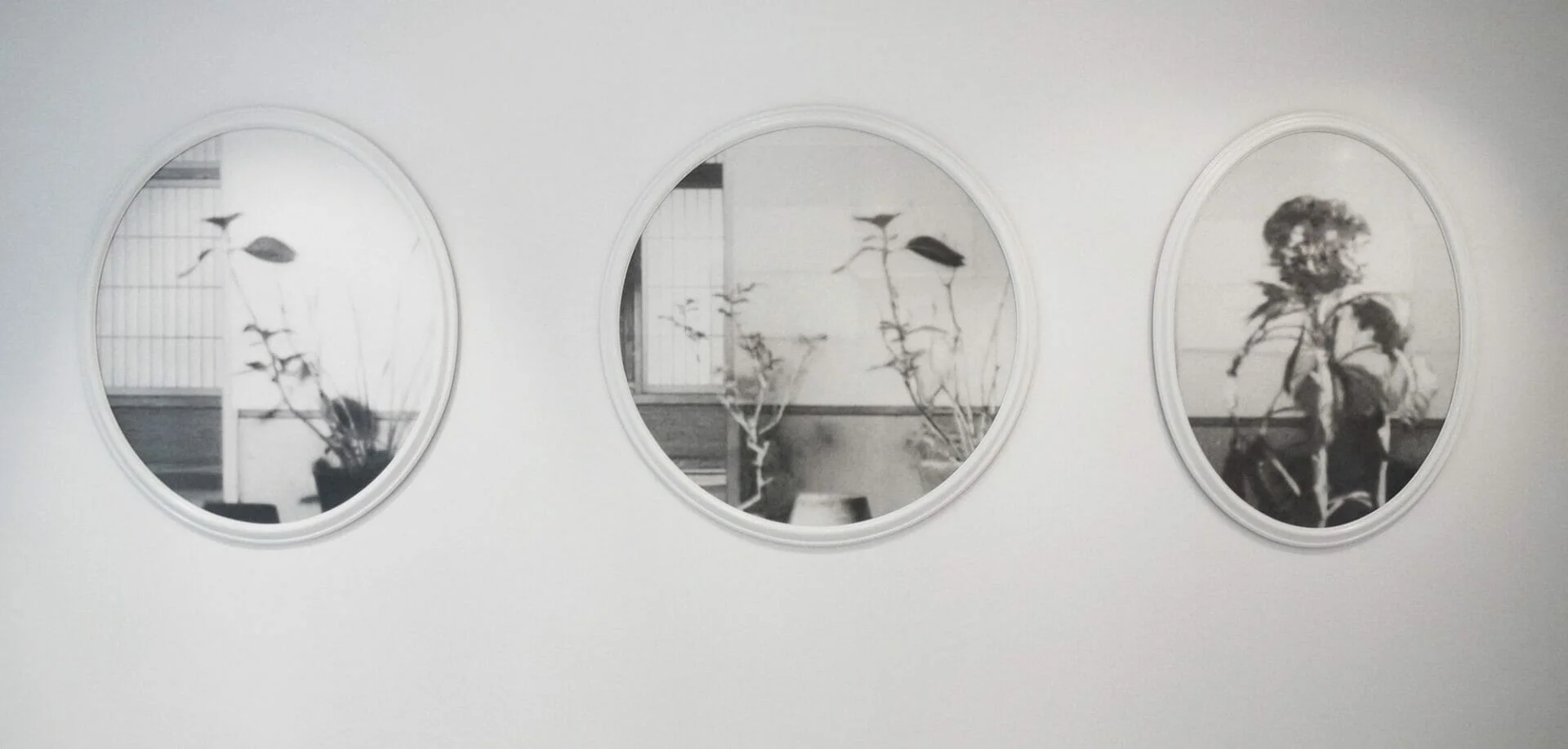
Throne of Blood | Translating Shakespeare into Film
Year
Runtime
Director
Main Cast
Music by
Country
Format
Genre
If the plot of Akira Kurosawa’s Throne of Blood sounds familiar, it’s because it translates William Shakespeare’s Macbeth into film. Samurai Washizu is given an enticing prophecy: soon, he will lord and master his region. His wife Asaji persuades him to fulfill it by killing the lord whom he’s serving. Washizu does so, and takes over the throne, but it’s just the first in a series of murders he’ll have to commit to hold on to power. And a new prophecy is coming, and once again, it will be fulfilled.
Translating the West into the East
As the setting shows, Throne of Blood takes many liberties with Macbeth. However, the literary migration of the story from Medieval Scotland to 16th Century Japan is not quite as out of place as it might at first seem. At the time of the film’s release, it served to lure Japanese audiences towards Shakespeare and western audiences in their turn towards Japanese cinema. And it ultimately lead to a fertile coming together of styles and influences from both East and West.
Kurosawa had always meant to try and establish a global film culture. Indeed, this wasn’t the first time he dealt with the West. Six years before, he had adapted Fyodor Dostoevsky’s The Idiot (1951). His notorious picture Seven Samurai (1954) drew inspiration from John Ford‘s westerns. And he would adapt Shakespeare again, this time King Lear, almost thirty years later with Ran (1985).
The relocation to the East not only turns Macbeth into a samurai but impacts the overall look of the film. Traditional Noh Theatre deeply inspired the film’s mise-en-scène. Kurosawa had the interiors designed in the minimalistic style of Noh stages, and the actors’ faces heavily made up to resemble idiosyncratic Noh masks. Most importantly, in the closed artificiality of Noh Kurosawa found a fitting visual analog to the main theme of both the film and the play: human impotence in the face of Fate.
Translating the Folio into a Script
Kurosawa and his co-screenwriters were facing the task of translating Shakespeare’s Folio into a script. Aware that what works on stage doesn’t always work on film, they had to make drastic decisions. Thus, they stripped the plot to the bare essentials and trimmed all of the Bard’s verses. The leads would now act in a non-verbal, and therefore cinematic, way.
The characters, compared to those in Macbeth, undoubtedly come out depowered from this betrayal. The narrative development gets more relentless though, while staying philosophically coherent. Into the timeless Fate versus Free Will conflict Kurosawa injected Zen Buddhism – of which Noh is a sort of mystery play – reinvigorating the tragedy with the concepts of Samsara and Karma.
As the symmetrical structure of the plot shows, the universe is a circle. Every action carried out by humans traps them in the cycle of existence. Everything is preordained for everything is doomed to repeat itself. The viewer is equally helpless, as he can’t but watch from a distance the unfolding of Fate, and learn that every human matter is in vain, and de facto tragic.
Translating the Word into the Image
Most of the exterior scenes were filmed on the slopes of Mount Fuji. Through the volcanic fogs – and the highly contrasted black and white cinematography – the visuals evoke the style of ink-wash Sumi-e painting, hinting “a sense of mystery and distanced universality” (as film scholar Brian Parker pointed out in his essay on the film). The setting turns into in an oniric landscape, which ambiguously swings the story between wake and sleep, appearance and reality.
What the viewer witnesses is not an individual dream though, but a collective and emblematic vision: Myth, the food for every tragedy. In myth, the similarities of Throne of Blood and Macbeth finally meet despite all the differences of the two works. And all of this is not with words, but images.
Throne of Blood is not just an adaptation, but a filiation. It gains artistic independence thanks to all his betrayals. Yet, it stays true to the core of Macbeth and follows the marked path into uncharted territories. And it stands as a great example of what translating into film means.
Tag





